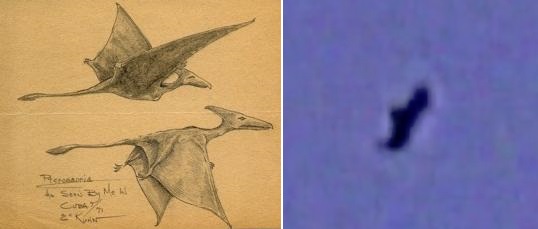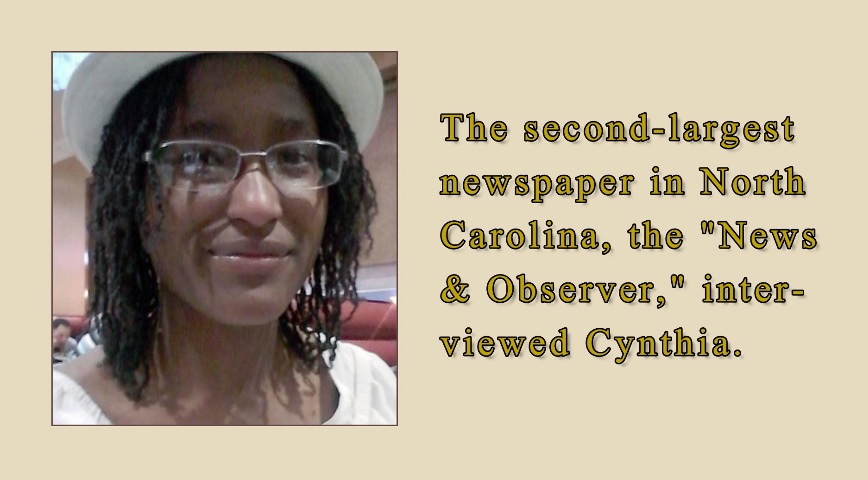By Jonathan Whitcomb
A press release is generally an official statement delivered to news professionals giving information on a subject, sometimes to explain the official position of a person or an organization, making it available for the public.
Although the format or style of a press release can make it appear to be an objective news story, it almost surely originated from a person or an organization promoting its own point of view.
In that context, I present the following three press releases that I wrote a number of years ago.
.

According to the American nonfiction author Jonathan Whitcomb, many eyewitness accounts of live pterosaurs cannot be reasonably dismissed as pranks, misidentifications, or hallucinations. He cites statistical data
Pterosaurs, commonly called “pterodactyls,” live in various parts of the world . . . [Whitcomb] has written three nonfiction books, based on eyewitness reports that he has received over the . . . years of his investigation in cryptozoology.
.
The Girl who saw a Flying Dinosaur
Simple basics about how culture relates to these sightings—that is covered in this book: “Some people in Western countries like the United States do not belief everything that is said by natives in Papua New Guinea. Those natives may think differently than we do, because they live in a different culture. Maybe something in their culture might cause them to think that they had seen something like a Sordes pilosus. I have an answer to that.” (from page 32)
.

Eyewitness Reports of Apparent Living Pterosaurs in North Carolina
Where do these flying creatures appear? They have been reported in Raleigh, Durham, Asheville, Wilmington, and in other areas of N.C. . . .
Cynthia Lee, who has been studying to become a veterinary technician, reported to Whitcomb an apparent pterosaur that she saw on Thursday, January 4, 2018, in Raleigh. She was sure that the flying creature had no feathers, but it did have a long tail with a “diamond shaped bulb at the end of the tail.” It also had a head crest.
.
###
.
It seems to be a nocturnal flying creature reported by World War II veterans who fought in the Pacific. Unlike the fruit bats that are common in Papua New Guinea and Australia, this animal has a long tail and has been described by some eyewitnesses as much larger.
.
Reply to a Newspaper Article in North Carolina
The News & Observer published an article, earlier this week, about a sighting by Cynthia Lee and about my ideas on non-extinct “pterodactyls,” including pterosaur sightings in Raleigh, North Carolina.
.
I am a scientist, and I have discovered that the great majority of eyewitness sighting reports of extant pterosaurs are neither misidentifications nor hoaxes; part of my conclusion is based upon the data from eyewitness estimates of wingspan.
.
Are you a lucky eyewitness who has seen a living pterosaur? . . . well, maybe a cursed eyewitness? This is for you: eyewitness reports of large featherless flying creatures seen over the past few decades in Australia and in Papua New Guinea.
.
Those cryptozoologists who have explored tropical islands in Papua New Guinea, in search of living pterosaurs, believe the ropen is a large long-tailed flying creature having no feathers.
.
A tradition in north-central Umboi Island was related to David Woetzel and Garth Guessman regarding the ropen’s tail. Can the tail move or bend? The tradition says that it is always straight except at the base where the tail connects to the body. This correlates precisely with the biology of the tails of Rhamphorhynchoid pterosaurs.
.
Pterodactyl Sighting in a Newspaper
The Morning Call of San Francisco published “Pterodactyls and others” on Wednesday, August 5, 1891, a brief report of two “pterodactyls” flying near Fresno. Most of the article, however, was about why the writer thought it was almost impossible for anybody to have seen what was reported.
.
. . . on August 27 [2008] she had driven less than ten miles, just leaving an area of pasture, entering an area of thick woods, around a mild downhill curve, with high banks and brush on each side of the road, when an animal suddenly flew from the right, just over the front of her car. Although alone, she yelled, ‘What the — what — what is that?’ She was stunned.
.


